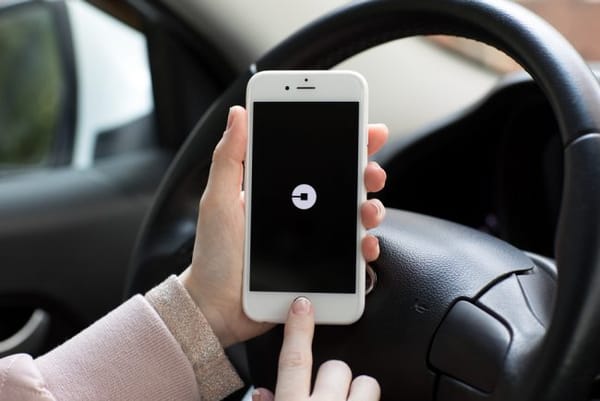Employee or contractor: Who is who and what does it mean for you?
The debate over what duty is owed to workers who may be employees rather than contractors continued recently when a landmark case in the UK Supreme Court upheld that two Uber drivers could be classed as employees of Uber rather than self-employed independent contractors. The ruling gave the workers the the right to be paid the statutory entitlements, including the minimum national wage, annual leave, and other benefits and protections.
Uber’s long battle in the UK
In 2016, the UK Employment Tribunal found that two Uber drivers were employees and part of Uber’s business, rather than self-employed independent contractors. Uber lost each appeal against the UK’s lower courts, and as a final resort, made its last appeal to the Supreme Court.
On 19 February 2021, the UK Supreme Court upheld the Tribunal’s decision that the drivers ought to be deemed employees considering that the drivers were in a “position of subordination and dependency to Uber”. Uber had a substantial degree of control over the drivers, and the drivers had minimal or no ability to increase their earnings other than by working longer hours. These two factors were found to be indicative of an employment relationship.
The UK Supreme Court ultimately found that the legal relationship between the drivers and Uber had to be inferred from the parties’ conduct. The judgment collectively considered five aspects of the relationship, which ultimately found that the drivers were employees:
- Uber dictated how much the drivers could earn by setting the fare;
- drivers did not have a say in the contractual terms that governed the relationship with Uber;
- Uber had the right to penalise drivers if they rejected too many rides – this meant that the drivers’ requests for rides were constrained;
- Uber had the right to terminate the relationship with the driver if they did not maintain a required average rating and failed to improve or maintain the rating; and
- Uber took active steps to restrict communications between passengers and drivers to the minimum required to perform the particular trip.
What this means for Australia
In contrast to the UK Uber decision, in 2017 and 2019, the Fair Work Commission (FWC), in considering unfair dismissal applications, found that no employment relationship existed between the drivers and Uber in Australia.
The FWC considered a number of relationship indicias for distinguishing between independent contractors and employees, and ultimately found that even though some of the factors did show an extent of control by Uber, they were not overwhelmingly strong factors.
The factors considered by the FWC in those decisions weighed against a finding of an employment relationship because the facts in each case showed an absence of control on the part of Uber. For example, drivers supplied their own equipment, they were not permitted to represent Uber in any way, they were registered for GST, and had the freedom to log on and log off the Uber app any time. These factors highlighted the limited control Uber had over its drivers, leading to a finding that there was no employment relationship and that the drivers were genuine contractors.
As with the approach in the UK, the Australian courts have reaffirmed many times that the clear and unambiguous terms of the written agreement are not determinative of the relationship. Rather, the courts will consider the totality of the relationship between the parties when determining the substance and the reality of the relationship.
This approach was recently demonstrated in the case of Jamsek v ZG Operations Australia Pty Ltd (2020), where the Federal Court of Australia found that two truck drivers working nearly 40 years as independent contractors for the same business were employees when the totality of their relationship with the business was examined. This matter is now on appeal.
The UK Uber decision and the appeal in Jamsek v ZG Operations Australia Pty Ltd (2020) are likely to prompt further attempts by Uber drivers, among other gig-economy workers, to bring claims and test the current laws.
Takeaway
While the parties to a working commercial relationship are entitled to define the nature of their relationship on commencement, each case will turn on its own facts as to whether an employment relationship exists. As such, these recent decisions are a reminder for all companies to review their current arrangements and consider the question of whether the worker is carrying on their own separate trade or business, or if they are properly classified as an employee who is working directly for the company. The characterisation has widespread implications for employment and safety matters.
From the experts behind the Health & Safety Handbook, the Bulletin brings you the latest work health and safety news, legal updates, case law and practical advice straight to your inbox every week.

